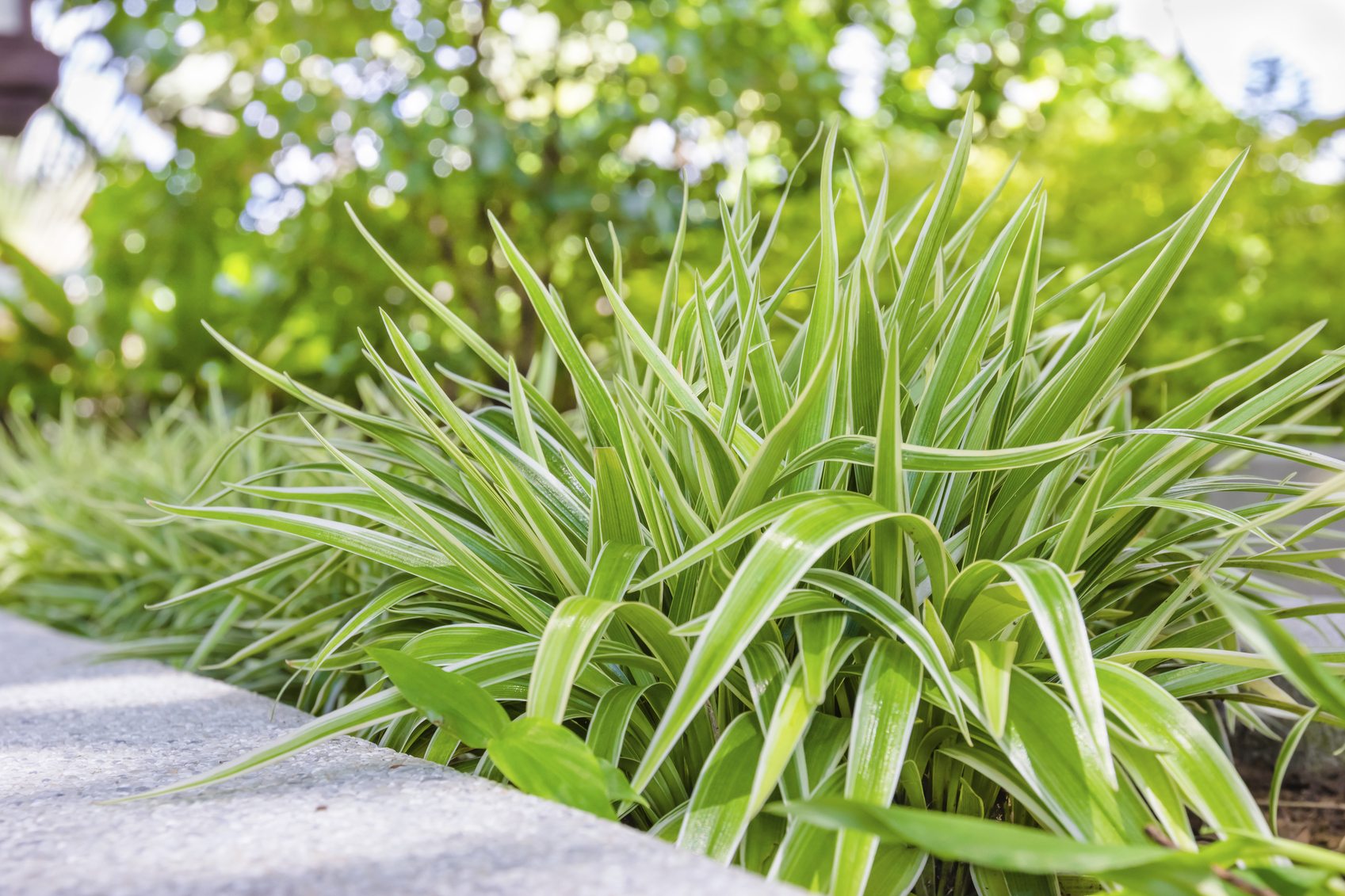Spider Plant Groundcover Outdoors: Growing Spider Plants As Groundcover


If you are used to seeing spider plants in hanging baskets indoors, the idea of spider plants as groundcover may surprise you. However, spider plants in the wild grow in the ground. Those who live in warm climates have been using spider plants for groundcover for years. If you are considering spider plant groundcover, read on for all the information you’ll need about caring for spider plants in gardens.
Spider Plant Groundcover
Spider plants, with their long, slender, trailing leaves, look a bit like green spiders. These are great plants for beginning gardeners since they are surprisingly easy going and very tolerant of less-than-perfect cultural care. Many people have a few spider plants indoors as potted or hanging-basket plants. Those who live in warmer climates though, like USDA plant hardiness zones 9b to 11, can grow these lush beauties in outdoor garden beds or as spider plant groundcover.
Using Spider Plant for Groundcover
If you’ve ever owned a spider plant, you already know how fast they grow. In time, a plant often develops “babies” – plantlets that grow on the end of long stolons. Once these tiny spider plants touch the soil, they develop roots. Spider plant babies can be snipped off the stolons and will grow as independent plants. In an outdoor setting, the babies can stay attached to the parent plant. They simply root, spreading the lush foliage into new territory.
Caring for Spider Plants in Gardens
If you’ve decided to use spider plants as groundcover, be sure you plant them in soil that drains well. They are very forgiving of many gardener sins, but they can’t thrive if their roots are in the mud. On the other hand, you can plant them in the sun or partial shade. The ideal outdoor location in hot climates is filtered sunshine. Irrigation is important, although precision is not necessary. Water when the surface of the soil is dry, but if you forget one week, the plants won’t die because of it. Their thick roots are made to survive varying amounts of available water. If you want to fertilize the plants, you can do so in spring and summer. If you don’t, spider plants will probably grow well anyway.
Gardening tips, videos, info and more delivered right to your inbox!
Sign up for the Gardening Know How newsletter today and receive a free copy of our e-book "How to Grow Delicious Tomatoes".

Teo Spengler is a master gardener and a docent at the San Francisco Botanical Garden, where she hosts public tours. She has studied horticulture and written about nature, trees, plants, and gardening for more than two decades. Her extended family includes some 30 houseplants and hundreds of outdoor plants, including 250 trees, which are her main passion. Spengler currently splits her life between San Francisco and the French Basque Country, though she was raised in Alaska, giving her experience of gardening in a range of climates.
-
 Looking For Plants To Give You The Soft And Fuzzies? Try These 5 Fuzzy Leaf Plant Options
Looking For Plants To Give You The Soft And Fuzzies? Try These 5 Fuzzy Leaf Plant OptionsLovers of texture, drama, silver foliage and tactile plants will adore these special sensory garden additions. These fuzzy leaf plant options will leave you all aglow
By Susan Albert
-
 Get Ready For A Summer Of Hummers! Grow These Full Sun Hummingbird Plants and Flowers
Get Ready For A Summer Of Hummers! Grow These Full Sun Hummingbird Plants and FlowersIf you’re lucky enough to enjoy a sunny backyard, make sure you are maxing out on your pollinator opportunities and grow these full sun hummingbird plants and flowers
By Tonya Barnett